The Llyn Peninsula AONB: Spectacular views, tragic tales and the rarest apple in the world
The Llyn Peninsla AONB entrances Kate Green.
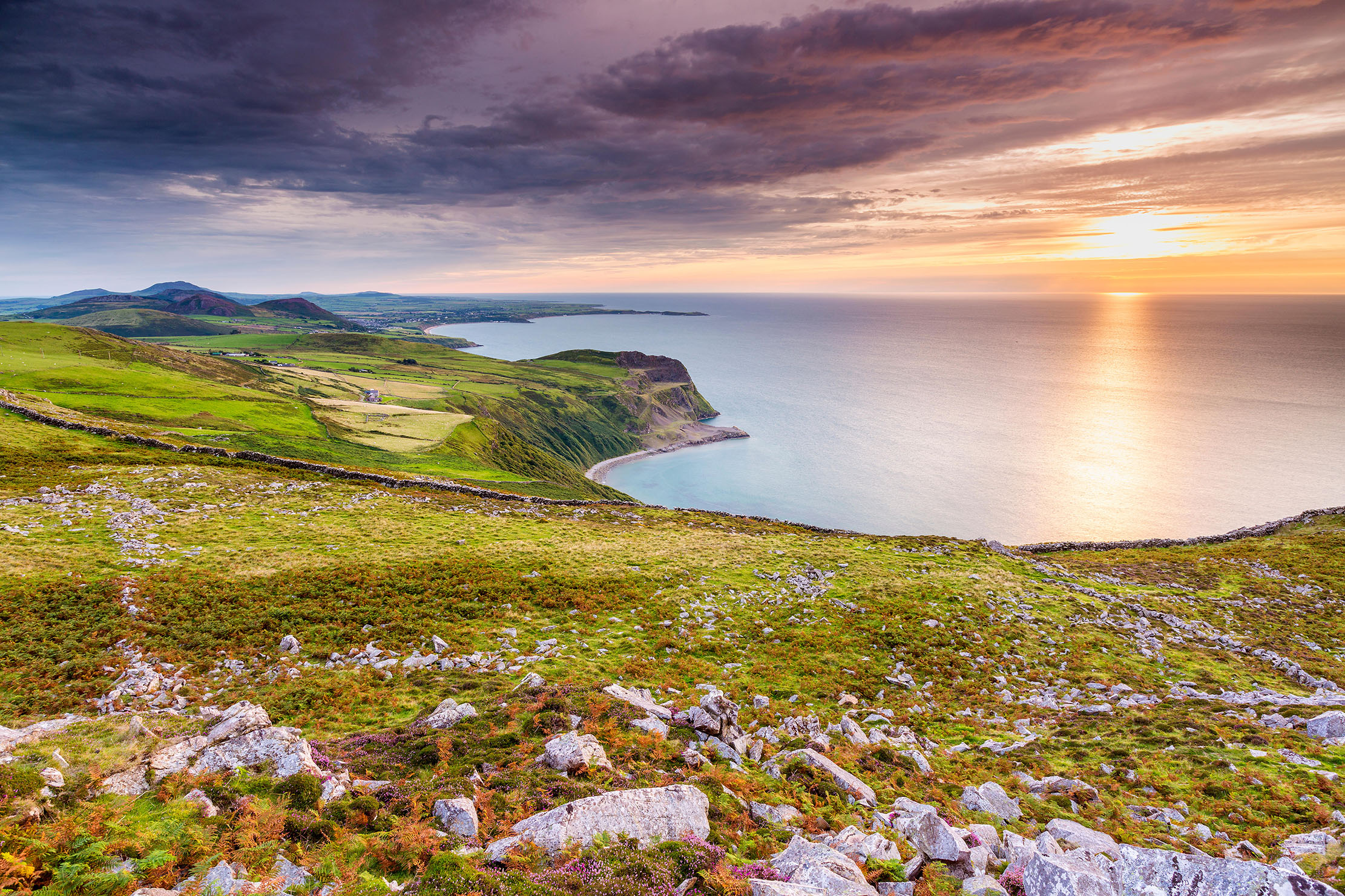

Ideally, I think one should come to the Lleyn by sea,’ wrote Geoffrey Grigson in Country Life back in on April, 1961. ‘Like some Irish traveller in the Dark Ages, some Celtic saint or missionary, one should sail towards the sunrise.’ This 30-mile-long AONB protruding into the Irish sea from the north-west corner of Wales, one of only five in the country, is an enchanted, secret land of gorse, stone walls, primroses, foxgloves, white-washed farmhouses and medieval churches.
Some 70% of Llyn’s inhabitants are Welsh-speaking — the National Welsh Language and Heritage Centre is in the former quarrying village of Nant Gwrtheyrn. There, Meinir’s Tree symbolises the tragedy of a bride who, as tradition bid, hid in a tree on her wedding morning, only to be trapped there and die.
Roaming the hills and fields of Llyn are its own breed of sheep, created when the 18th-century agriculturalist Robert Bakewell crossed Dishley Leicester rams with Irish ewes. The Prince of Wales has a flock.
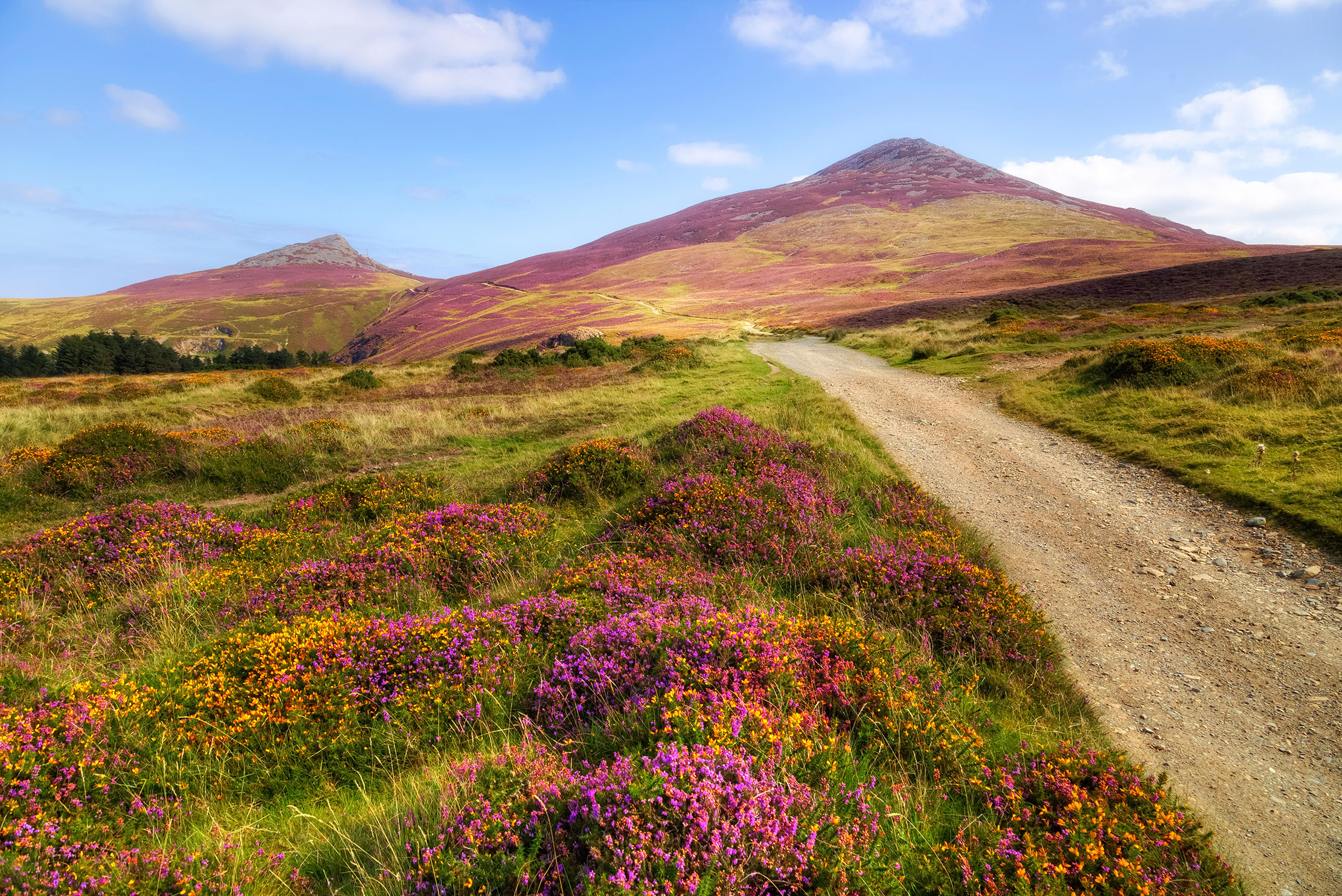
The beaches are long and the igneous mountains, Yr Eifl, spectacular. There, Tre’r Ceiri (‘Town of the Giants’) is one of Britain’s best-preserved Iron Age hill forts, brought to public attention by the 18th-century writer Thomas Pennant in A Tour in Wales.
It has, too, the much-loved Bardsey Island — Ynys Enlli; following a fundraising campaign, trustees bought it from Lord Cowdray in 1979. The isle once had its own monarchs until, in 1925, the last, Love Pritchard, left for the mainland. The coronation of King John Williams 1st, a farmer, in 1826, was accompanied by cheering, cannons and fireworks thrown from yachts. His crown is in Bangor Museum.
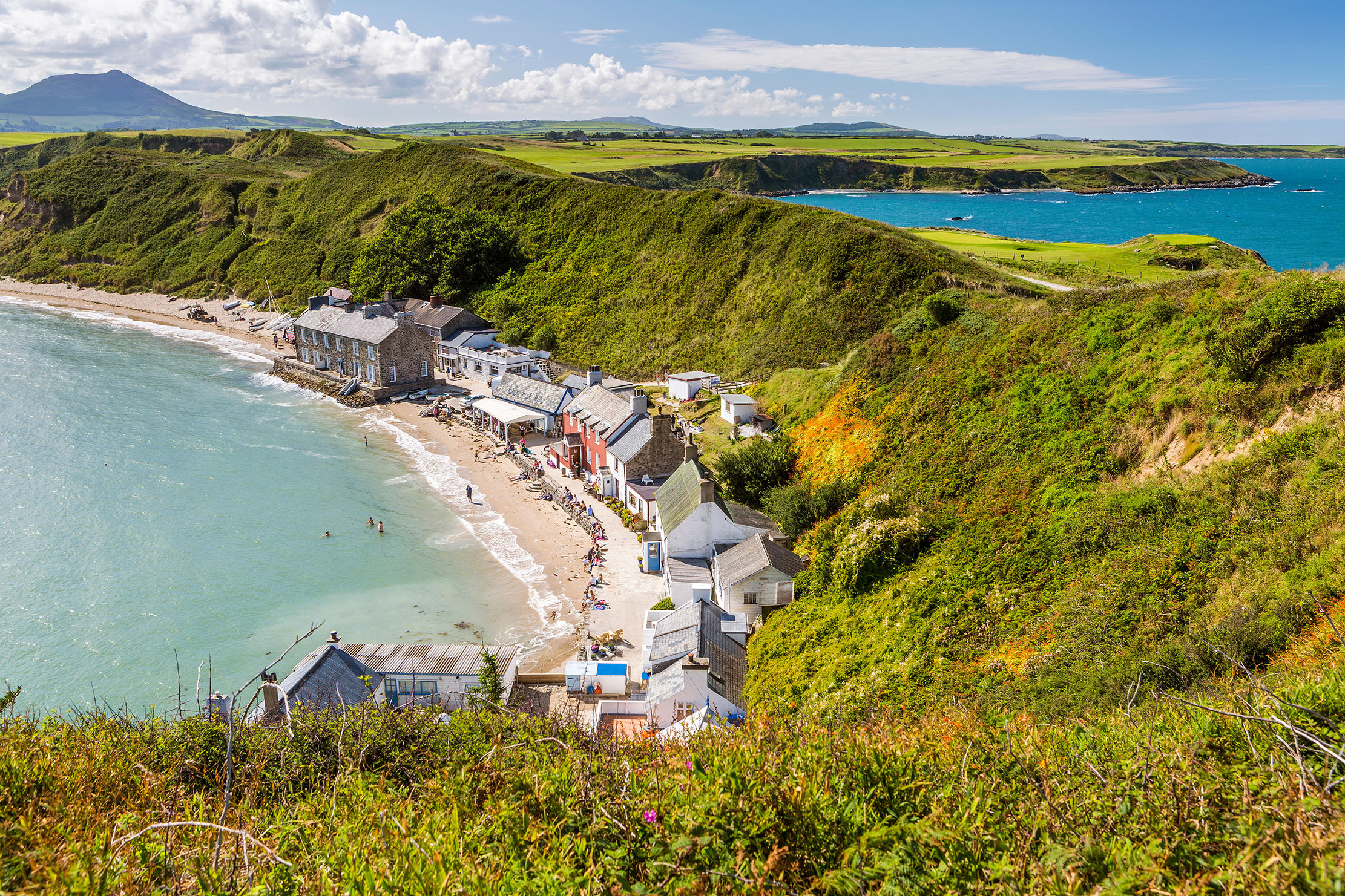
Bardsey is now best known for birds; some 310 species (the AONB logo is a chough) have been recorded, notably the Manx shearwater, for which it’s a breeding stronghold. Flocks of migrant birds used to circle, disorientated, in the beams of Trinity House lighthouse (now solar powered); there were several casualties until, in 1978, a strip of land was floodlit to attract them safely away.
The area also has a fruit-based claim to fame: the Bardsey Apple was discovered when expert Ian Sturrock saw a birdwatcher using one to attract birds. He took the fruit to Brogdale Horticultural Trust, where it was declared the world’s rarest apple.
Sign up for the Country Life Newsletter
Exquisite houses, the beauty of Nature, and how to get the most from your life, straight to your inbox.
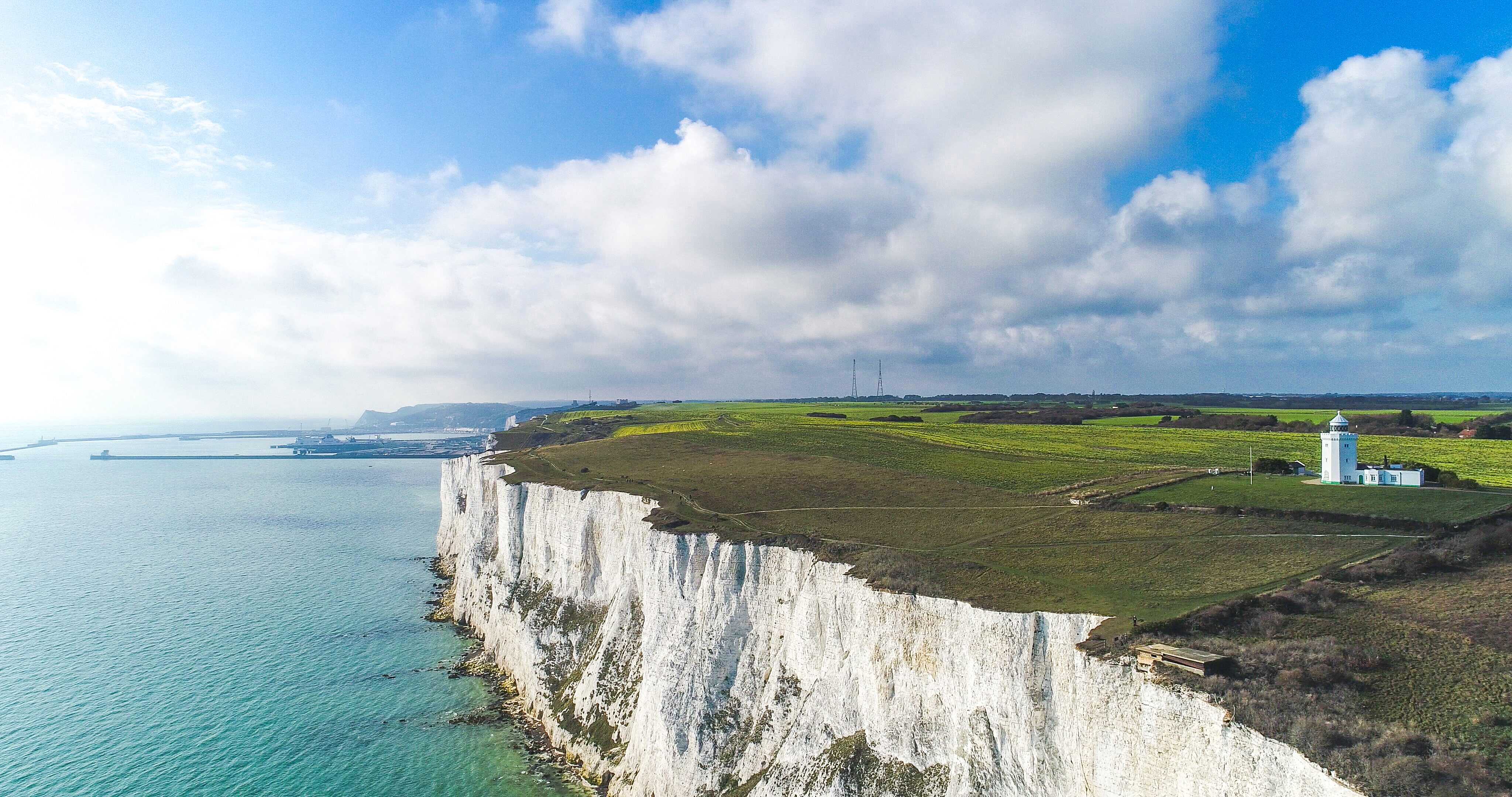
The Kent Downs AONB: One of Mother Nature's works of art, from the famous White Cliffs to the wildlife of the Garden of England
Victoria Marston takes a look at the magnificently beautiful Kent Downs AONB.
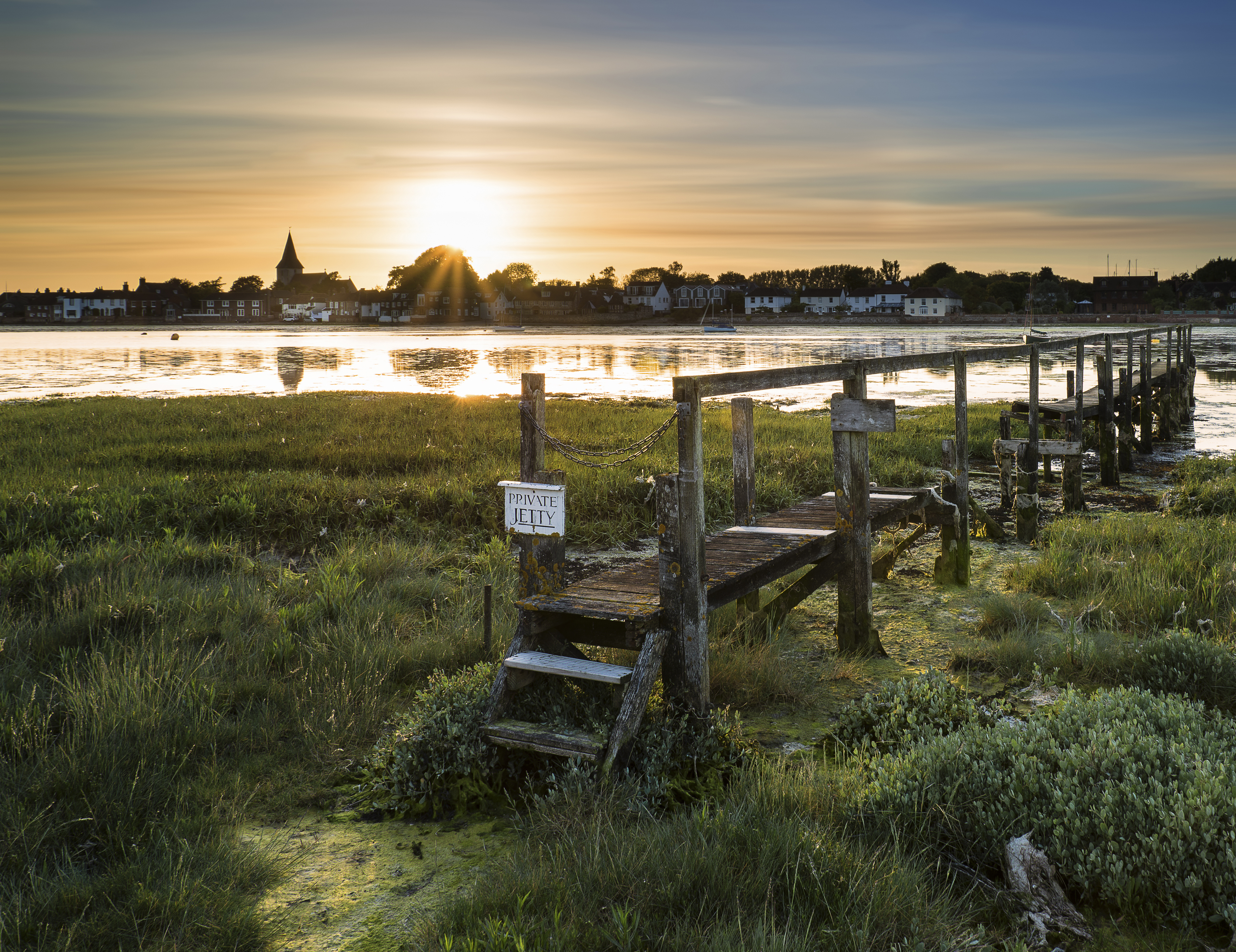
The Chichester Harbour AONB, a slice of Sussex where nature, beauty and history come together
Rosie Paterson takes in the all-too-often overlooked Chichester Harbour.
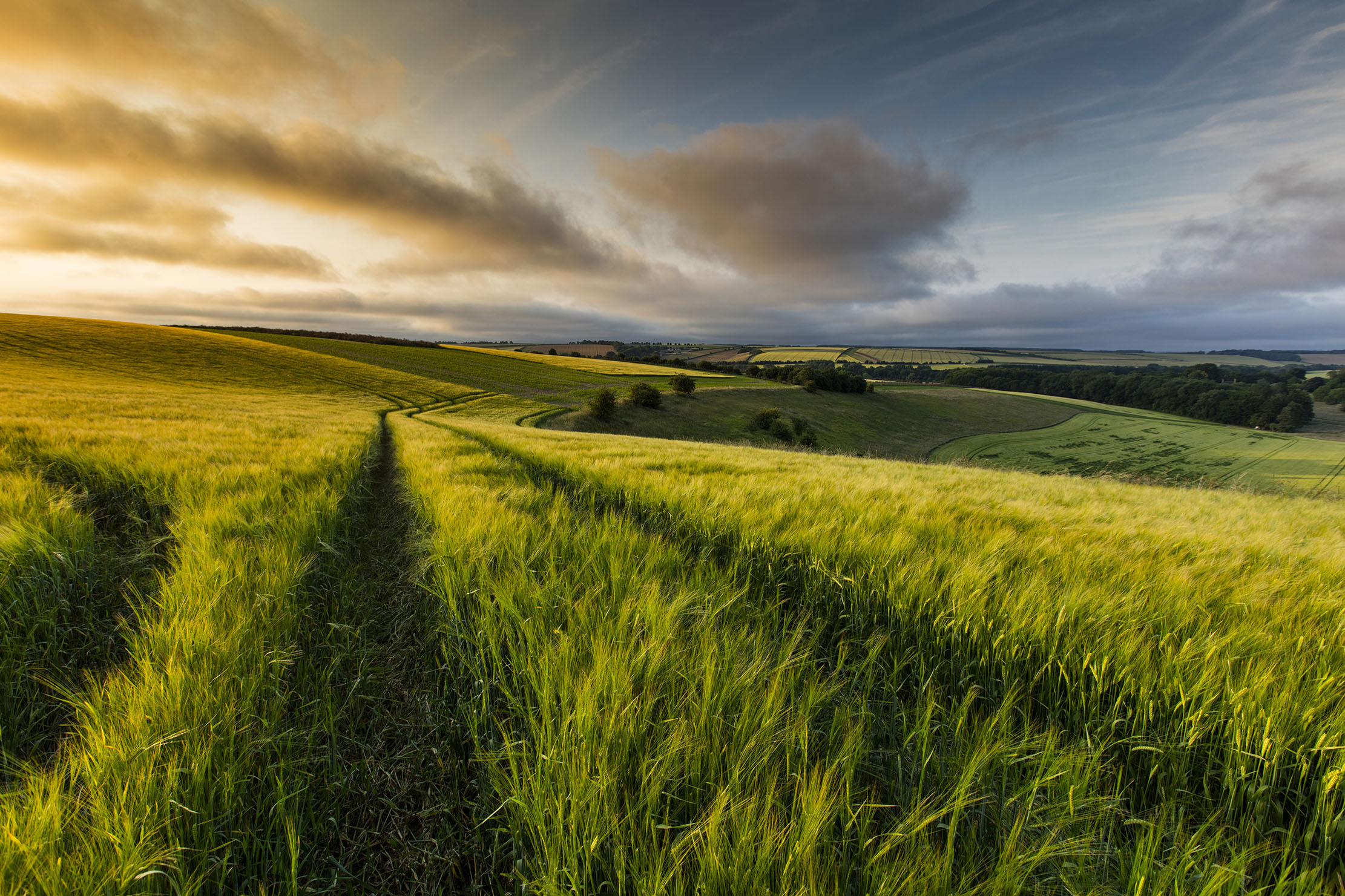
The Lincolnshire Wolds AONB: The beauty spot where Tennyson found 'calm and deep peace on this high Wold'
Octavia Pollock takes a look at the Lincolnshire Wolds AONB, a landscape where the hands of Man and Nature have
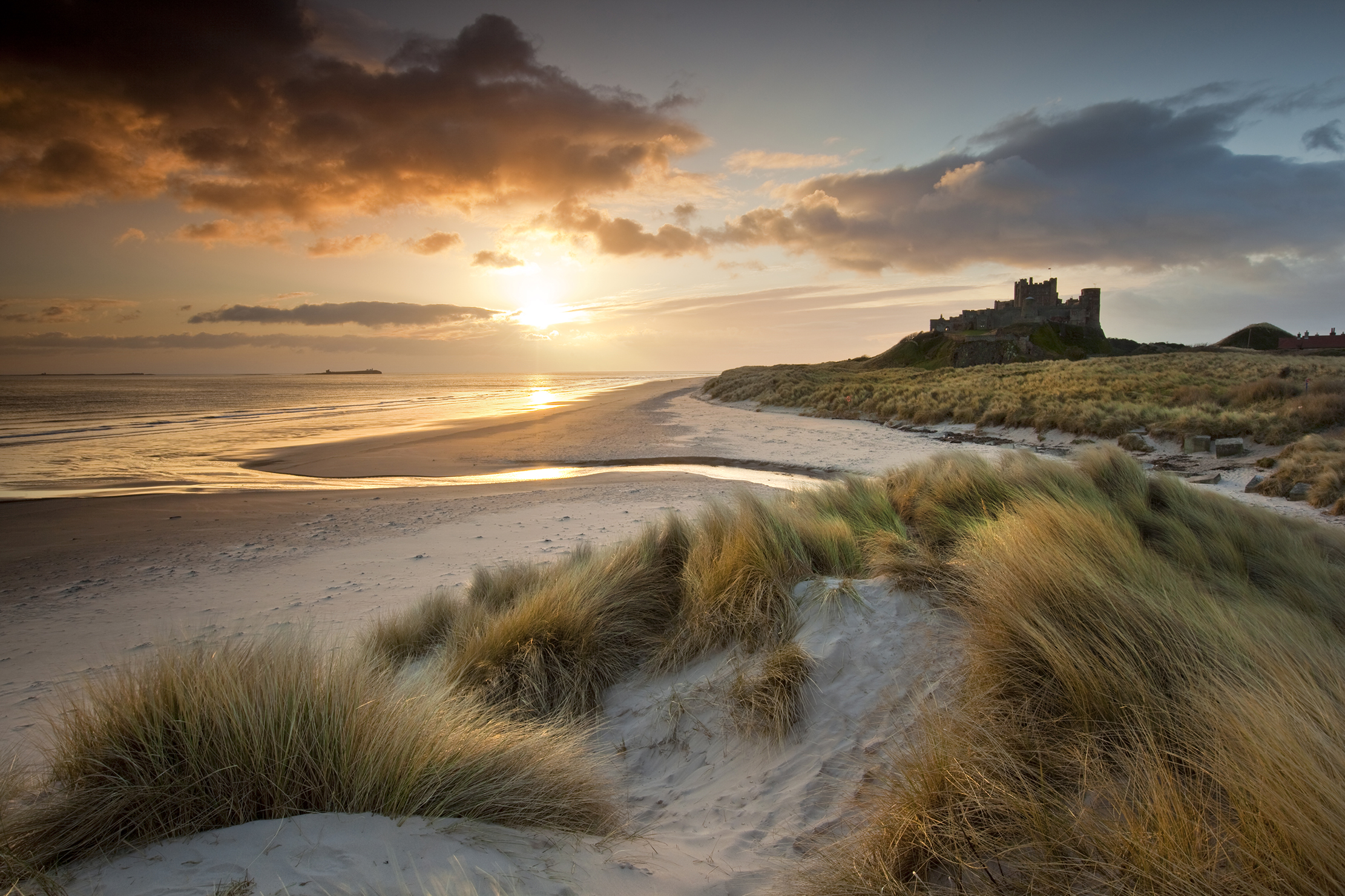
The Northumberland Coast AONB: Just bring a pair of good boots and a fondness for untamed natural beauty
Giles Kime continues our series on Britain's Areas of Outstanding Natural Beauty with a look at the Northumberland Coast.
-
 Why British designers dream up the most desirable hotels
Why British designers dream up the most desirable hotelsWhen it comes to hotel design, the Brits do it best, says Giles Kime.
By Giles Kime Published
-
 The five minute guide to 'The Great Gatsby', a century on from its publication
The five minute guide to 'The Great Gatsby', a century on from its publication'The Great Gatsby' sold poorly the year it was published, but, in the following century, it went on to become a cornerstone of world literature.
By Carla Passino Published